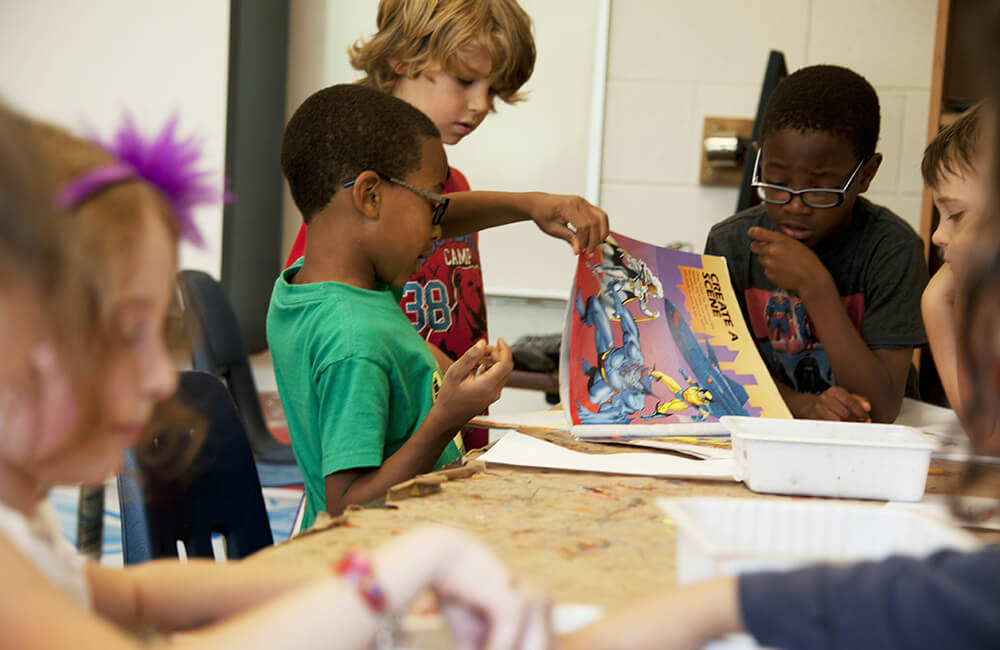A twelve-year old girl tells me she does not want to start her new middle school next week. This is because she fears being teased for being Latina-American. I believe her… she has been struggling with name-calling and rejection for the past six months in elementary school, as have been many other children.
As children return to school, it is imperative that we continue to teach them the critical differences between prejudice and respect. Children from different religious, ethnic, cultural, sexual orientation, and racial backgrounds may be worried about stereotypes, bias, and even hate from others given the current socio-political climate. Students may be anxious about teasing, slurs, bullying, isolation, anger, and ignorance in the classrooms and on the playgrounds. Simultaneously, other kids may have learned that it is acceptable to fear and mistrust others from different ethnic, racial, sexual orientation, national, and religious backgrounds. This may lend itself to the expression of separation, anger, and hate, creating unsafe and unhealthy environments in schools.
Hence, parents, teachers, and counselors need to be on the alert and should invite children to ask questions and express their feelings around these fears – fear of others’ differences and the fear of anger and rejection for being different.
Although these conversations may be difficult and complicated, there are ways to facilitate trust, and begin open dialogues with children.
Here are some suggestions for broaching this difficult topic:
- Ask your children what they are excited about and what they are worried about in starting school again.
- Ask your children (if they are old enough), what they think and feel about some of the news they are watching regarding inclusion, respect, and prejudice.
- Ask your children what their understanding is about words like ‘racism’ or ‘religious prejudices’. What do these words mean? What might they sound or look like? What are the different ways these words can be expressed in behaviors, words, and silence?
- Ask your children if they have ever experienced or expressed teasing, bullying, anger, rejection, and isolation because of skin color, accent, sexual orientation, nationality, religion, culture, or language.
- Ask your children what their understanding is about the word ‘respect’. What does this word mean? What might it sound or look like? What are the different ways it can be expressed in behaviors, words, and silence?
- Discuss and demonstrate the differences in the behaviors and words we choose to use between rejection and acceptance, respect and bias, inclusion and exclusion, fear and hope.
- Use simple and clear language, that is developmentally appropriate, based on your child’s age.
- Identify safe grown-ups in the family and in school that your children can go to discuss their worries and experiences related to these issues.
- Encourage your children to ask questions, write letters, draw pictures, and share stories with safe adults if they have been a part of or witnessed any religious, racial, sexual orientation, or cultural bullying.
- Model acceptance, respect, inclusion, and hope for your children daily.
Much of the above may sound like common sense; however, many of us forget to have specific and concrete discussions with our children on these complicated and painful topics. Having your children explore, define, and identify key behaviors, words, and experiences related to ‘isms’ vs. respect, will empower your children and teach them to recognize and enact the differences. Modeling acceptance and respect of others to your children is even more powerful than words, and can be transformative. It is not only imperative that we teach our children how to cope with racial, sexual, religious, and cultural biases in these difficult times, but also to teach our children not to fear these differences.
